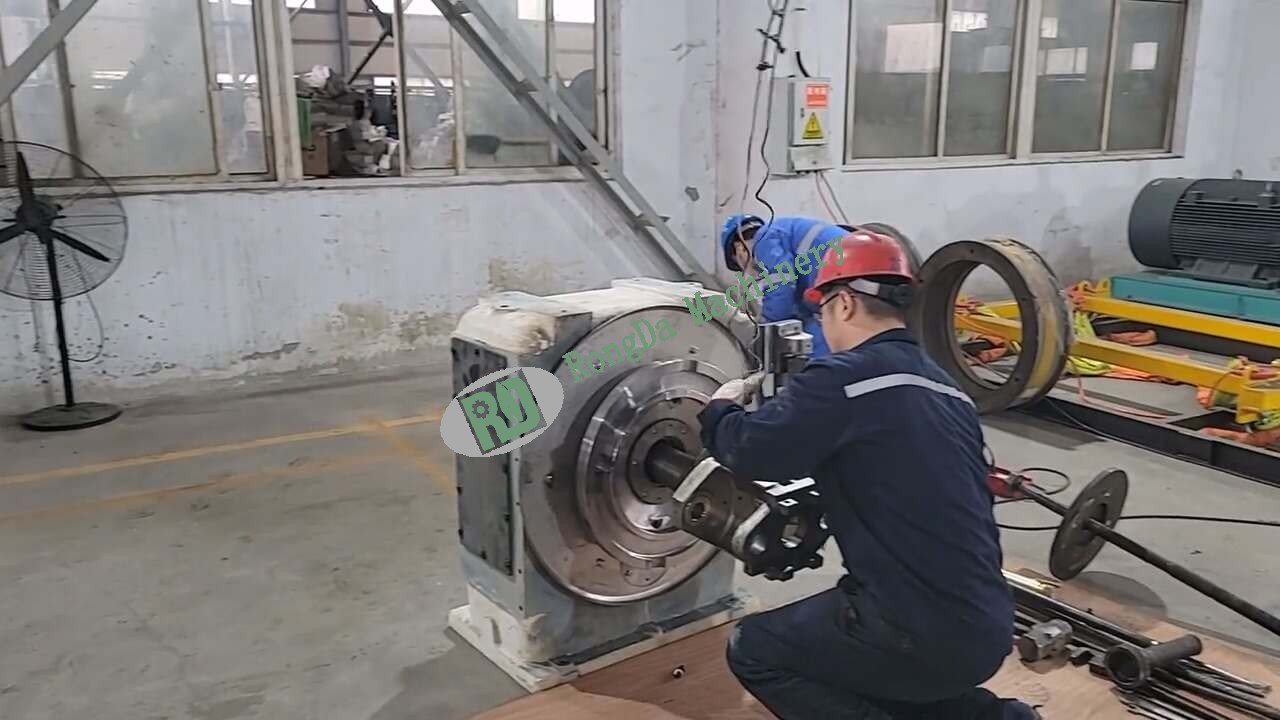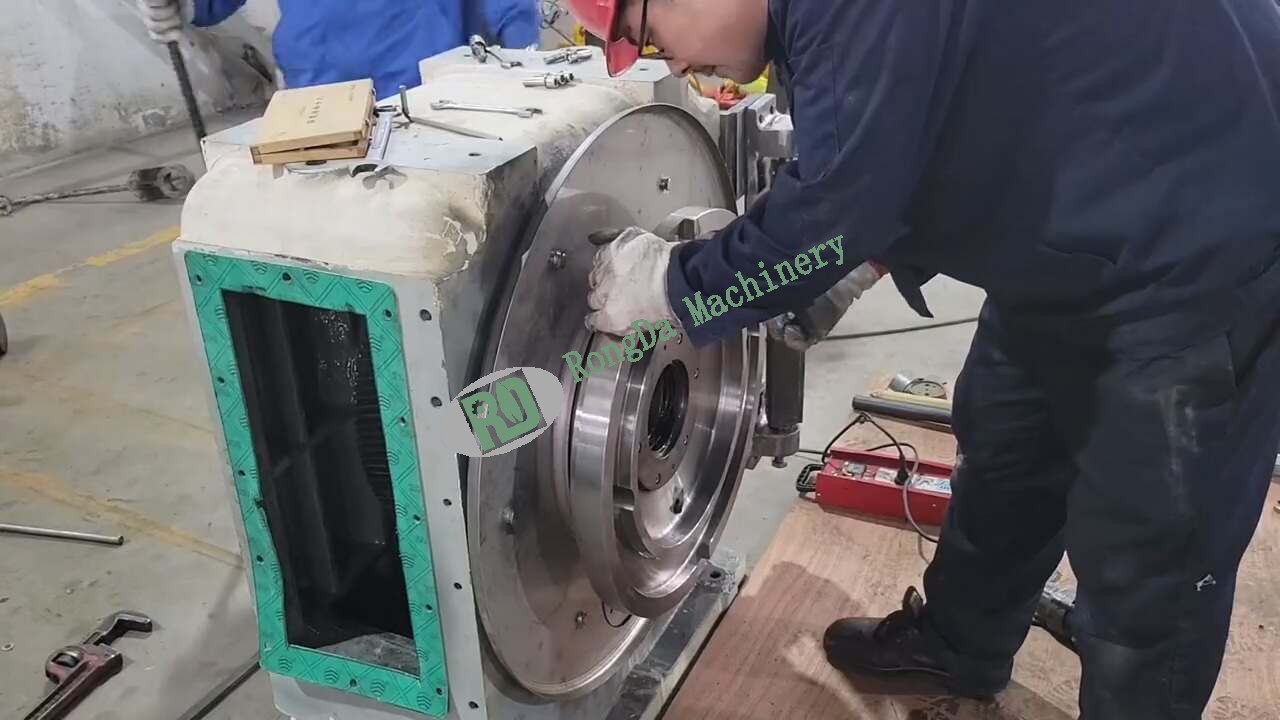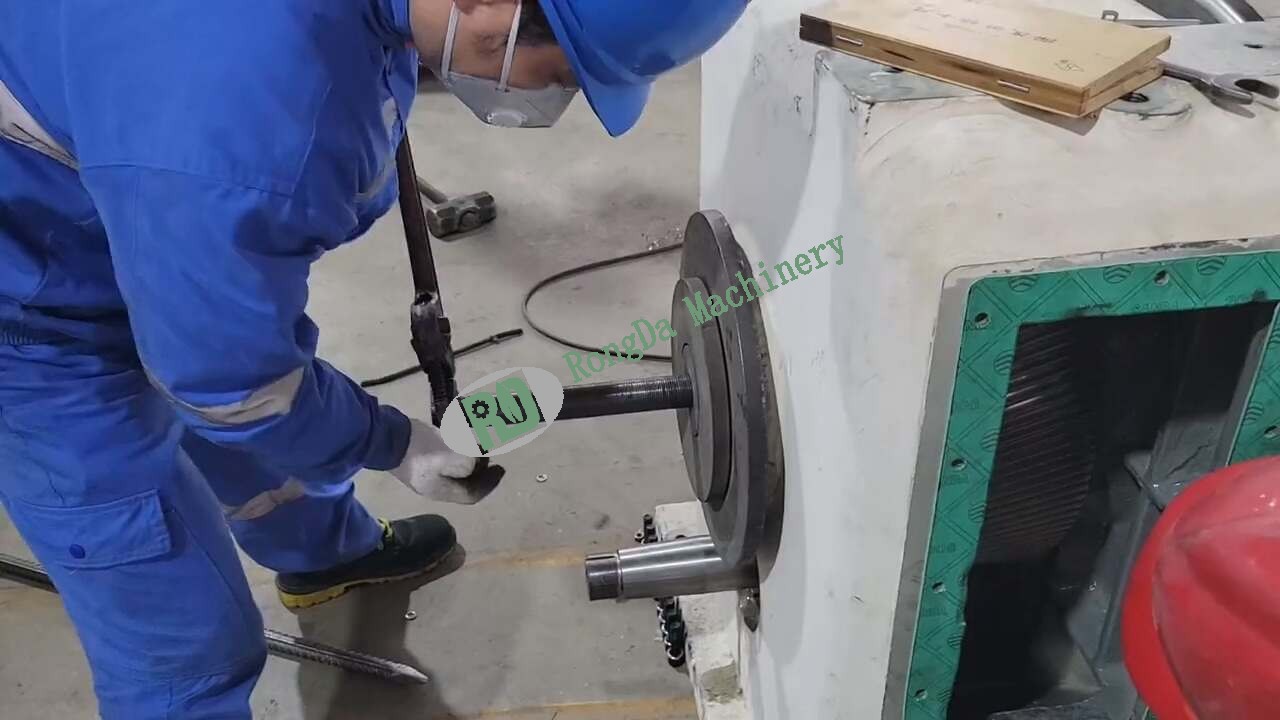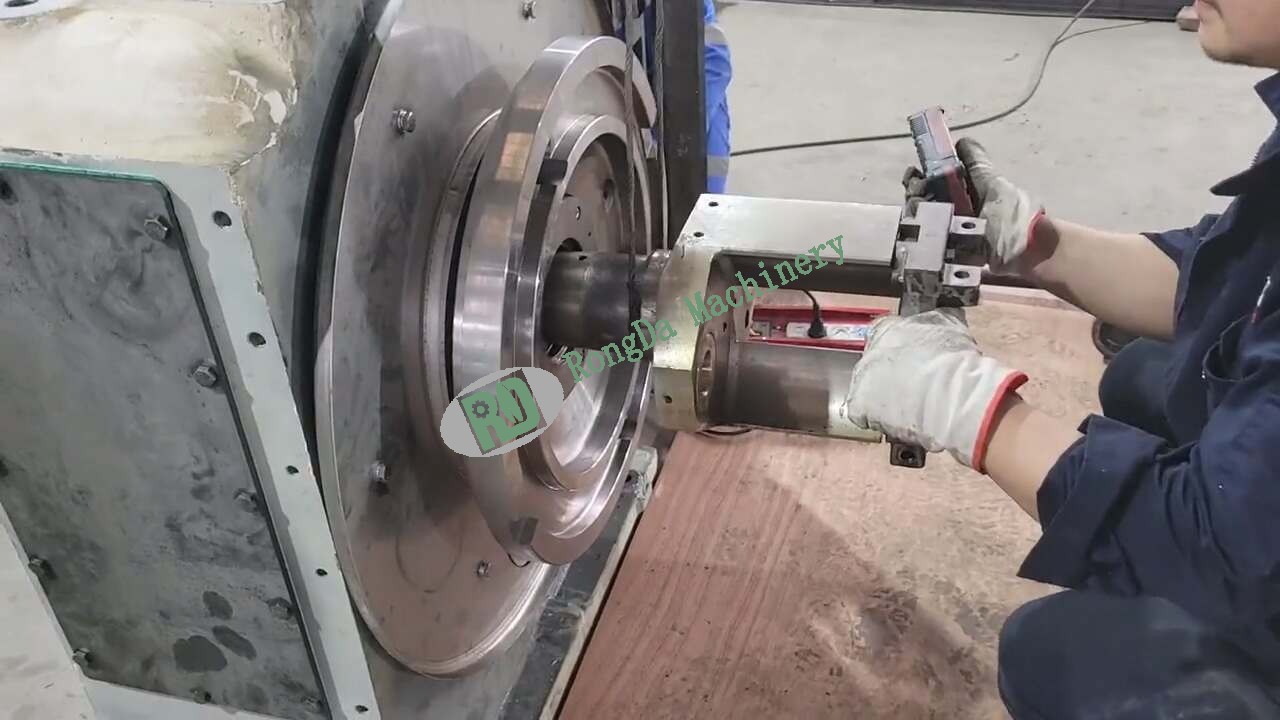Welcome to Rongda Machinery Co., Ltd
Toggle Navigation
Including Maintenance Schedule & Real-World Tips
Running a biomass pellet machine day in, day out? Then you already know—it’s not a “set it and forget it” operation. Skip even basic daily checks, and you’re gambling with costly repairs, lost output, and downtime you can’t afford.
Machines don’t fail all at once. It starts with a little extra noise, a belt running just a bit too loose, or a buildup of sawdust where it shouldn’t be. That’s why daily maintenance isn’t just good practice—it’s your insurance policy.

Here’s the thing: one missed grease point or an unchecked bolt might not seem like a big deal—until it shuts down your entire line. I’ve seen it firsthand: minor oversights leading to weeks of halted production and thousands in repair bills. And the worst part? Most of it was avoidable.
Rust builds up slowly. Bearings give warning signs before they seize. You just have to be listening.

You don’t maintain the machine because it’s on a checklist—you do it because a well-maintained system runs better. Clean parts use less power. Sharp dies work faster. Lubricated bearings last longer.
In fact, keeping things in top shape can boost pellet output by 30% and reduce energy use by up to 15%. That’s not maintenance—that’s a performance upgrade you didn’t have to buy.

If you're not sure where to focus your time during daily checks, start here:
This is where the biomass is compressed into pellets. A quick visual check can save you big headaches later. Look for:
Hairline cracks or wear on the die face
Smooth rollers — if they’ve lost their texture, it's time to swap them out
Quick test: run your fingernail across the roller surface. If it slides without resistance, they’re too smooth to grip material properly.

Bearings will usually complain before they quit—high-pitched whining, rumbling, or even a low hum that doesn’t sound right. Belts, meanwhile, are sensitive to tension. Too tight or too loose? Both are problems.
How to check belt tension:
Press the belt midway between pulleys. If it deflects about half an inch per foot of span, you're good. If it dips too much or barely moves, adjust accordingly.
Clogged feeders are the slow kill. After shutdown, use a flashlight and check for leftover material. Even a small clump can turn into a full blockage the next day. Clean it out before it becomes a bigger issue.
You don’t need a full teardown every day—but skipping these steps is asking for trouble.
Walk-Around Inspection
Spend two minutes just looking:
Any leaks or oil spots under the machine?
Loose bolts or rattling parts?
Frayed wires, melted insulation, odd smells?
Check Lubrication Points
Wipe ports clean and add grease until you see a small bead at the edge—don’t overdo it. Too much grease attracts dust and grime.
Listen to the Machine
A trained ear is your best tool.
Clicking? Could be alignment.
Grinding? Bearings might be dry.
Thumping? You’ve got debris in the feed.
Watch for Heat
Touch the housing near bearings (carefully). Warm is okay. Hot enough to yank your hand back? Time to shut down and inspect.